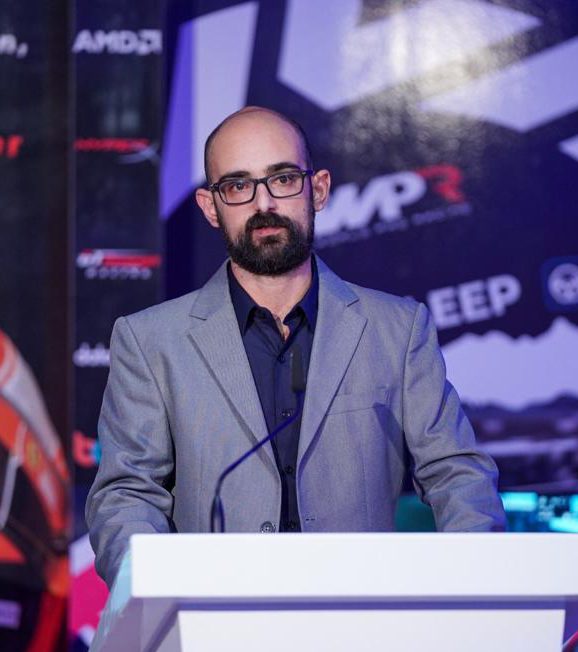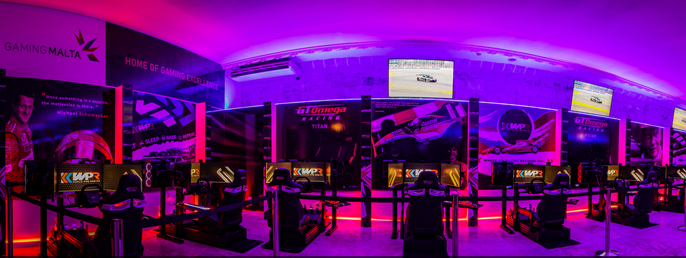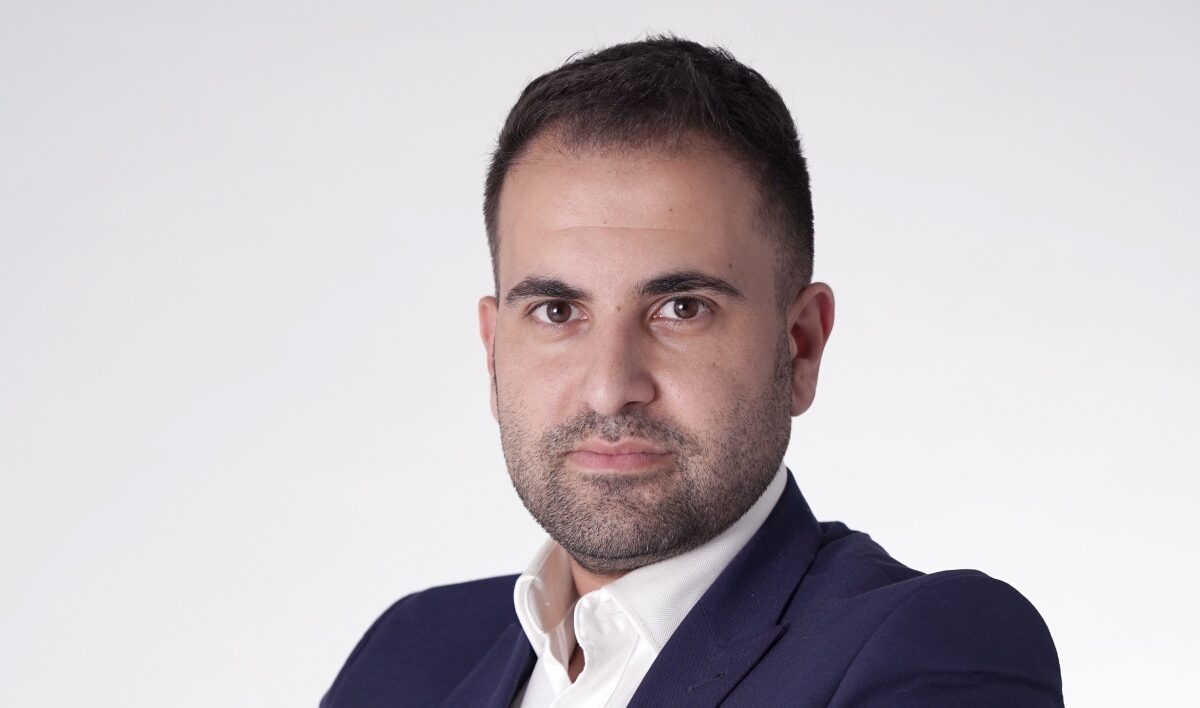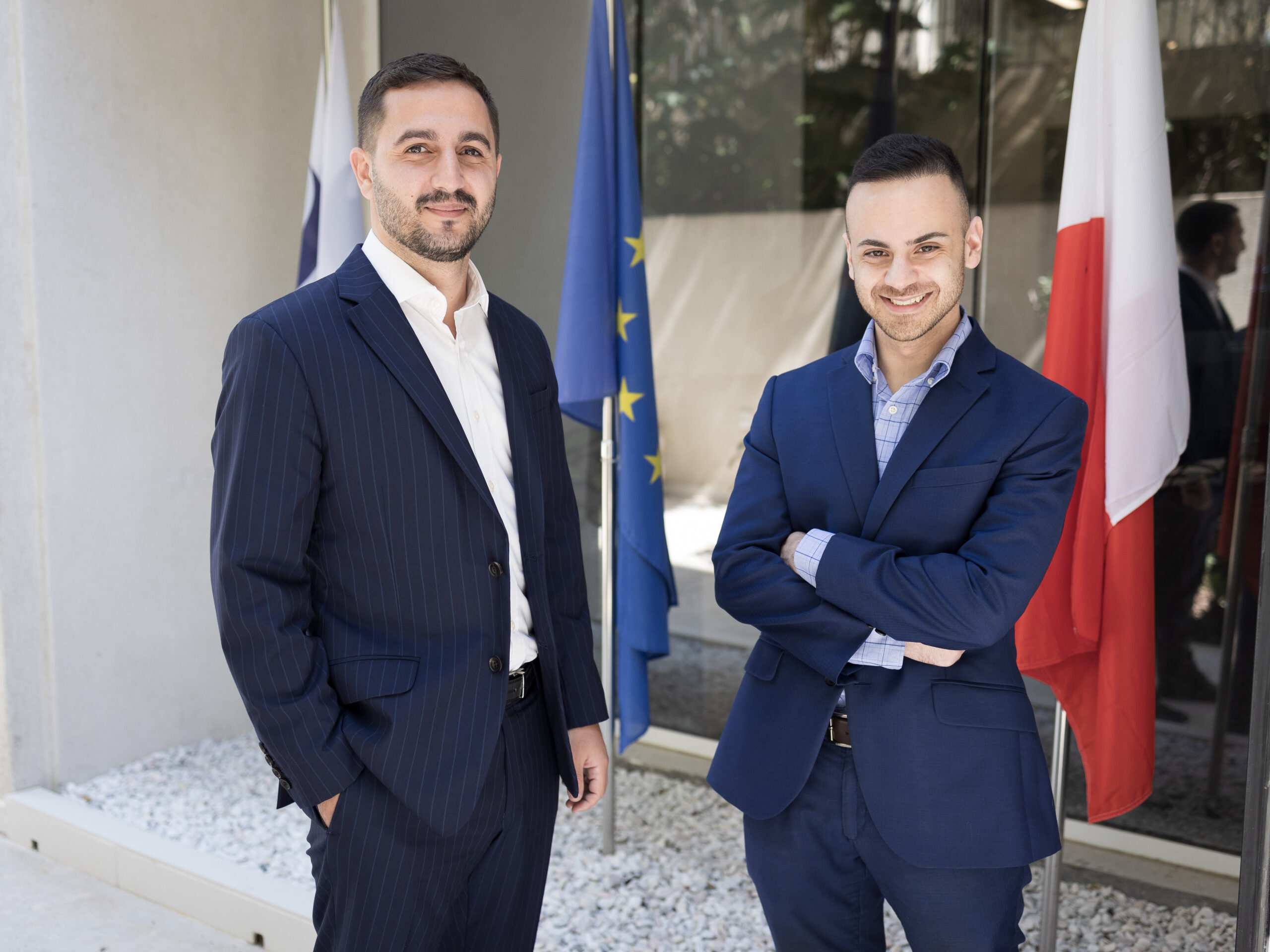Sim Racing, short for simulation racing, is a collective term for racing games software that attempts to accurately simulate car racing virtually.
The simulation software and sim racing hardware simulate all possible feedback that a real car provides, such as tyre wear, fuel usage, aerodynamics, grip, and suspension movement.
To get into sim racing, especially becoming a competitive driver, you must understand various aspects of how the car handles while on track. This includes maintaining control of the car as it loses traction in high velocity and using the correct driving line to maintain speed to make those fast lap times which is not easy, both virtually and especially in the real world.
Today’s simulation software is so realistic that it has become an essential part of training for professional drivers.
In my opinion, Sim Racing is now the first step to take to get into Motorsport.

There is various simulation software out there and every driver has his own opinion based on his preference. All simulation software has good and bad features. It’s the user’s choice – not everyone races on simulation software to become a professional driver or to compete in high-level events. Some consider sim racing as their break time and taking time to stress release from work or studying.
We as World Pro Racing opted to go for rFactor 2 based on PC, for several reasons. A lot of software available for installation, including telemetry while on consoles, don’t provide much flexibility.
One advantage is being open to the community to build cars and tracks, pricing, providing a good number of official free cars and tracks, with most being laser scanned, meaning they are accurate to the real track.
This will help the driver before being exposed to a real track, or a new one they have never experienced, as a good number of licensed tracks and cars simulate real ones.
On rFactor 2, it is well known that the programme is being used by many motorsport manufacturers to simulate and test their cars before being used on a track. It has received much praise for its highly advanced and accurate simulation of vehicle dynamics for most real-life drivers, racing teams, engineers and simulation centres like ours.
To this end, we recently launched our Sim Racing Facility at Montekristo Estate, an event attended by Minister Silvio Schembri and Ivan Filletti of Gaming Malta.

Let us create a basic scenario where a Maltese driver has a lot of potential in becoming a professional driver but does not have the financial means. Basically, there is nothing much he/she can do about it and looking for sponsors locally is not an easy option. Believe me, we have gone through it already.
As everybody is well aware, Motorsport is highly costly, not only to participate in events or championships but also in terms of vehicle maintenance throughout the whole season, without forgetting repairs for damages that might occur during racing. This is the main reason why sim racing is growing rapidly, especially when the COVID-19 pandemic started, and, due to this, Motorsport events had to be cancelled with drivers having nowhere to go.
Maybe the aspiring driver can afford to go for a driving experience now and then to continue sharpening their skills, but the financial position remains an issue. This is where, again, sim racing comes in.
One of the first steps to take is to participate in our international online casuals which happen weekly, where you can apply for free to race from home if you have the hardware, and, of course, the simulation software. You may also rent a sim for the duration of the race.
All our races are monitored by real-life professionals, experienced and certified race directors and stewards, where they can guide you and help you with what you did wrong during the race. Additionally, all our events are broadcast worldwide to all our partners, with roughly half a million unique views per month globally.

This is already a huge step with minimum financial effort to get viewers noticed, where there have been scouts often following the progress of potential sim racers.
We have already experienced this through the past four years WPR has been organising events, apart from giving experiences through our partners during championships that we hosted.
So, thanks to sim racing, it opened many doors and opportunities to enter the world of Motorsport.
Although sim racing and Motorsport mostly focus on the car and the driver, there are many factors without which both sim racing and Motorsport cannot operate. This is where I am pushing – making people aware of the opportunities that esports is giving.
As I always say, it is not just a game, and I will explain why.
One of the major things to become successful in sim racing is to be obviously a fast and consistent driver, but that’s not only it. An engineer needs to be involved in setting up the car according to the driver’s feedback, hence why a sim racer needs to understand the aspects of how the car handles while on track. This is another role that someone attending engineering school can handle.
Mental performance and nutrition are two important factors both in sim racing and Motorsport.
Although many think that a sim racer just sits on the simulator rig and drives without any strong effort, they are very wrong! Today’s sim racing hardware provides so much feedback that simulates the car’s performance and makes you feel you are racing the real car.
Another major advantage sim racing brings, beyond the financial element, is its training to young drivers.
There is nothing else that gives me so much pleasure than watching children, both male and female, trying out sim racing at our premises, and even going beyond that, continuing their training in a professional way.
Indeed, we have developed a virtual new karting track, La Reve and Mtahleb Hill Climb, helping kids with an interest to practice before eventually going on a real track or with an interest to become a professional esports driver.
There are many opportunities when it comes to esports nowadays.
And we are already planning for the future, with people preparing events, designers preparing posters and artwork for social media posts, article writers posting after each race, community person in charge of our Discord channel, broadcast directors, floor manager, replay person, video editors and even live commentators, both local and foreign.
This is esports: not only is it not all about the driver – it’s not merely a game anymore.
Continue Reading
CasinoBonusesFinder: A fresh look at bonus finding in 2025
Since 2010, online platform CasinoBonusesFinder has helped players answer one essential question: Which casino bonus is truly worth my time?
Maintaining Malta’s edge in iGaming – CLA Malta weighs in
As emerging jurisdictions challenge Malta's iGaming dominance, CLA Malta’s experts outline the critical success factors
Gambling and financial regulators team up for closer cooperation
The MGA and MFSA have signed an MoU, designed to deepen their longstanding collaboration
ICON launches AI platform accelerateX to streamline compliance and hiring for gaming studios
The AI-powered platform from ICON automates hiring, compliance, and vendor payments for gaming companies scaling at speed










